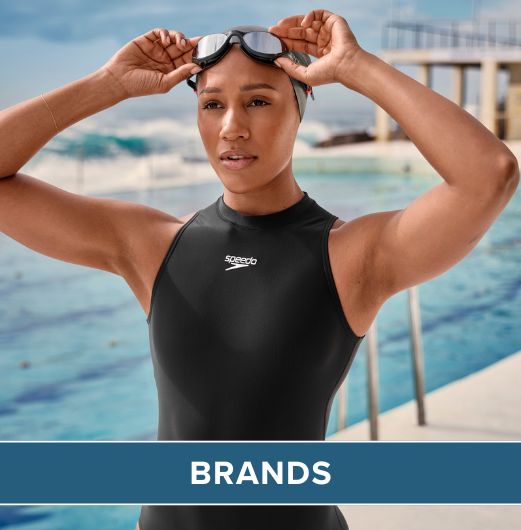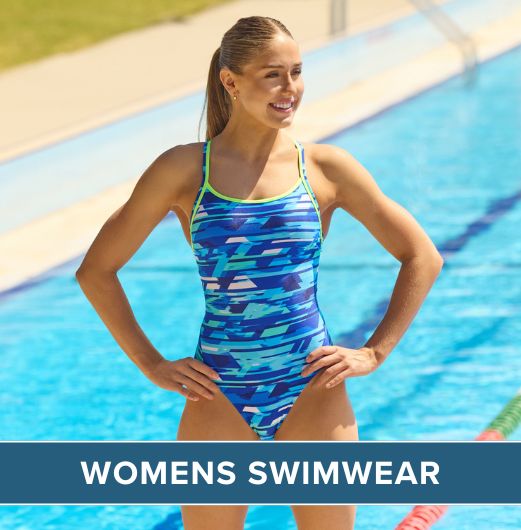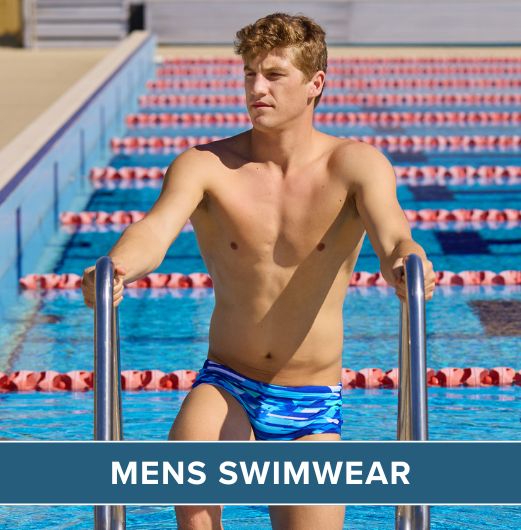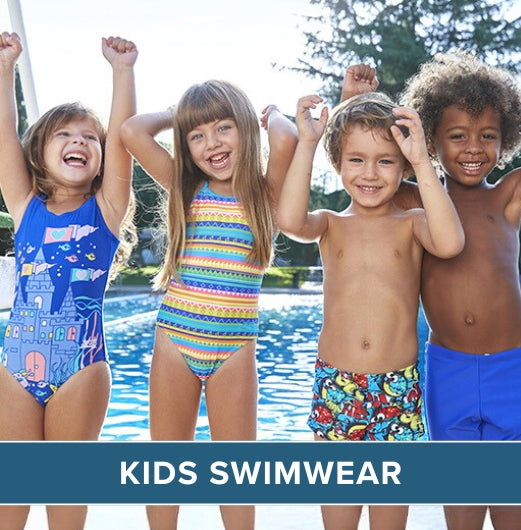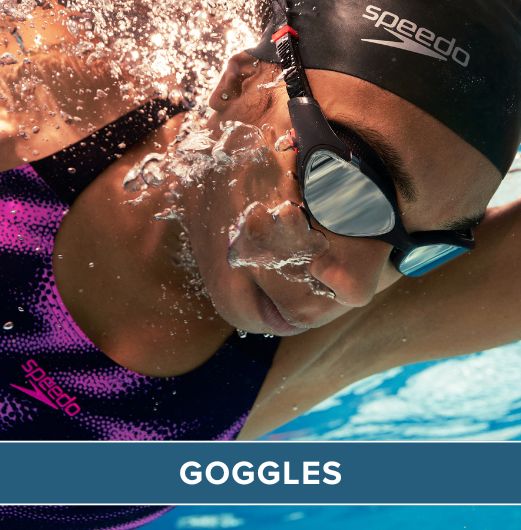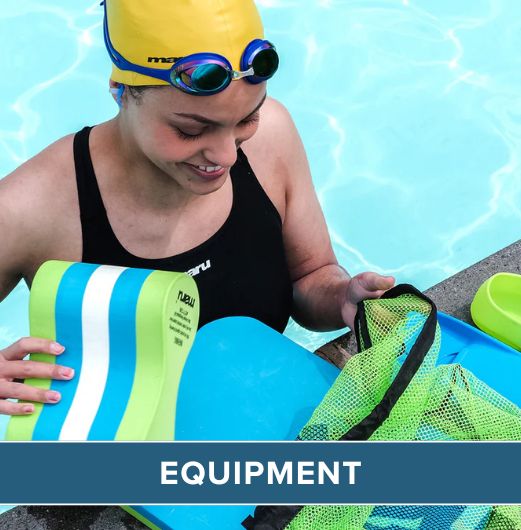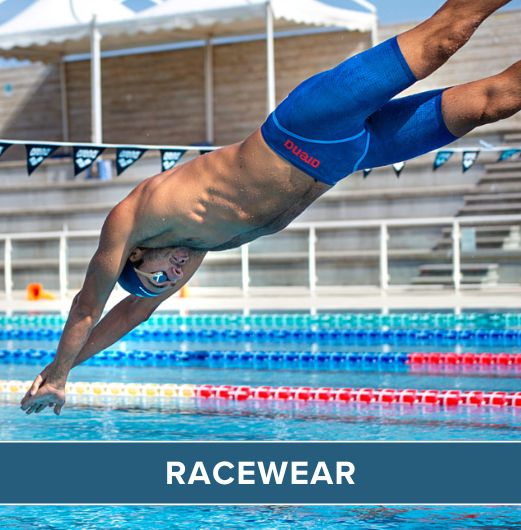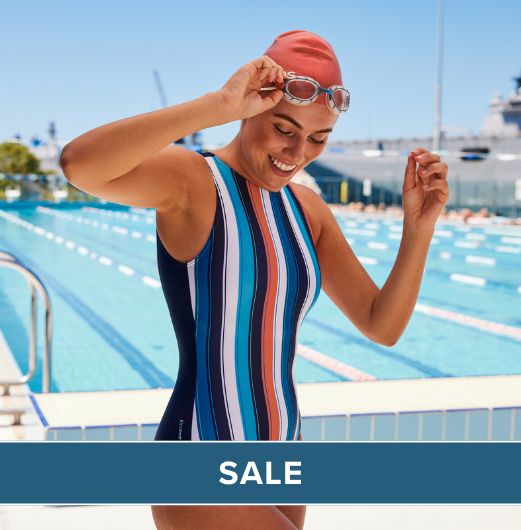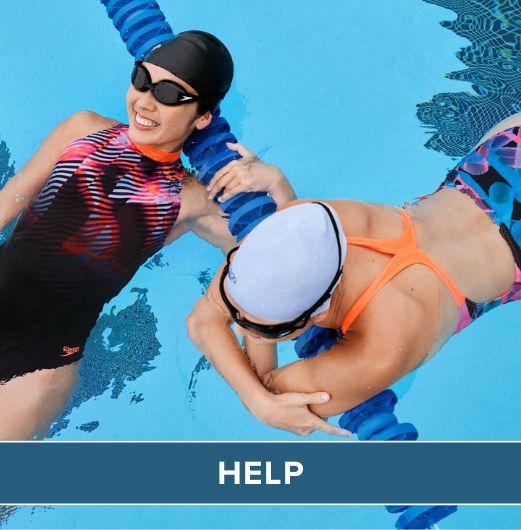
Preparing yourself for the pool
As with anything in life, preparation is the key. If you are not prepared for something, the likeliness is, something will take you unaware and put you off. If you are prepared and take things at a pace you are comfortable with then success is assured. Lets look at what you will need in the early stages of learning to swim:- Swimwear – You don’t have to be purchasing the latest speed suit and what you wear in the water will vary depending on how comfortable you feel in the different types of swimwear available. I always advise that swimmers wear something that is specific for the water environment, comfortable and lightweight. There is a great selection of swimwear at Simply Swim for men and for women. I personally have always liked the jammers that are on offer for men.
- Kick Board – When learning to swim you will want to isolate skills so you can focus on an independent part of the stroke - without the worry of the rest of it. A Kick board will allow you to focus on just your kick.
- Pull Buoy – Will allow you to focus on just your pull.
- Goggles – Can help with confidence and seeing where you are going. I always advise goggles even though I teach beginners part with and part without.
- Fluids – It is important that no matter what level you are, that you take water or juice with you to every session. Even though you are in the water you still sweat and respire and will need to replace this effectively. Treat yourself to a sports bottle that you can fill up at home to save money on bottled drinks.
.
Your kit list will grow as you go through your swimming journey but for now the above will be more than enough. So we have the kit and we're now looking the part - now we need to get straight into the pool, right? At this point there is no rush to jump feet first into the deep end (no pun intended). There are many things you can do to prepare yourself before entering the swimming pool:
- Holding breath – Now this may seem like a silly thing to have to practice but you will be surprised at how easy it is to forget when you are in the water environment. You can practice this at home firstly by holding your breath in your cheeks out of the water and then practice holding your breath in the bath or sink with you face submerged. When doing this try and stay as relaxed as you possibly can. For safety reasons please make sure there is someone else in the house when you are doing this.
- Getting used to water being showered from overhead – Once again this is a very simple activity, but for many can be very effective. Start off with showering water over head and allowing it to trickle down your back. If you are confident with this then pour or shower water on the front of your head whilst being as relaxed as you possibly can.
- Visualisation – The biggest hurdle to overcome for the majority of beginner swimmers is the fear of the water. List all of the fears you have when in the water environment and try to quantify them by talking about them and then visualising yourself in the water in a relaxed state will help significantly.

Swim entry
There are different ways to enter the pool and it is always good to know the different methods available to you, some are more obvious than others;- Steps – Some pools have steps that enter the shallow end of the pool.
- Ladders – All pools with have a set of ladders for easy entry and exit.
- Sit and swivel entry – Sit on the poolside facing the water with your feet in, place both hands on either the right or left hand side of your body (whichever feels more comfortable) turn your body to face the wall and slowly lower yourself in.
- Jump entry – Not advised for beginners and must be done in deep water.
.
Take your time with your entry and make sure you stay within your depth!
Building confidence
We have conquered a huge hurdle here for some and we have got into the water. So the first thing you should do here is take a deep breath and smile! Now we want to explore this new environment and start to become relaxed within it and enjoy the benefits that the environment has. Lets starts with submerging our shoulders. Lower your body into the water by bending your knees and allow the water to cover your shoulders, now you want to walk around the shallow end of the pool slowly and in a controlled way with your shoulders submerged. Let your arms move around and feel the flow of the water pushing and pulling it. This may be the only thing you do on your first visit and that is more than ok, remember we are trying to build good foundations here so take it at your own pace. Once you feel secure doing the above, try doing the same thing but placing your face in the water for up to 5 seconds initially and then increasing this to 10 seconds. Use it as a challenge and try to beat your score every time you attempt it. Remember to stay relaxed and calm and at this point you may also want to practice blowing out in the water. Some people will do this through there nose, others through their mouth, but the key is to do it in a slow and controlled manner. Don’t force air out of your lungs, let it flow slowly and steadily and when you go to take a breath make it shallow and relaxed. . The last thing we are going to attempt in this part of the series is lifting the feet off of the floor;- Find somewhere where you can hold onto the side or a step.
- Holding the side of the pool or step start to bounce stretching your legs behind you as if you were lying on your front trying to let your feet float for longer each time.
- Let the water do the work for you, your body wants to float it doesn’t want to sink.
- Keep as relaxed as possible - the more relaxed you are the easier it will be.
- When you feel ready, place your face into the water and allow your legs to rise to the surface whilst holding the side of the pool. Count how long you float for on the first instance and try to beat this every time.
- REMEMBER take this at your own pace and stay relaxed. If you feel distressed, rest and collect yourself before trying again.
 Free Tracked UK Delivery
Free Tracked UK Delivery Hassle Free Returns
Hassle Free Returns Next Working Day OPTION
Next Working Day OPTION Found It Cheaper?
Found It Cheaper?



